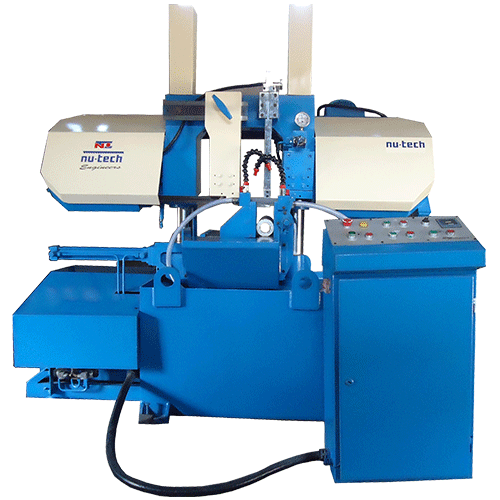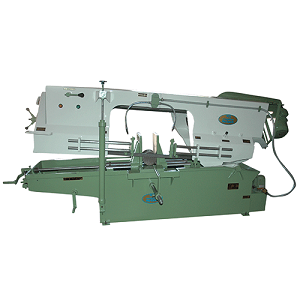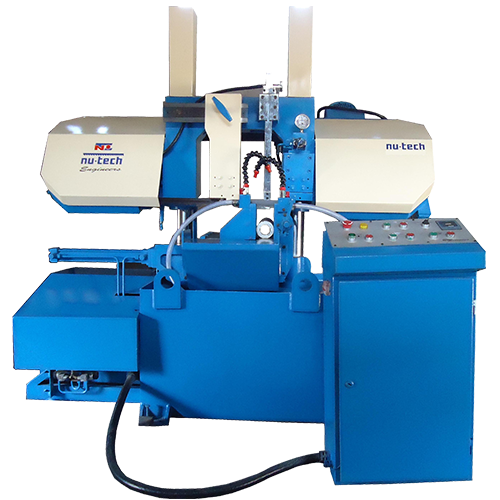How to Select a Bandsaw Machine?
Tips for Using Bandsaw Machine Safely
September 15, 2021
What Is The Ideal Time To Change Bandsaw Blade?
November 20, 2021How to Select a Bandsaw Machine?
When desiring to cut exact bends in wood, as a rule there could be no more excellent apparatus to pick than the Bandsaw Machine. That being said, a quality band saw will do significantly something beyond cut bends. They are incredible for cutting joins and some more modest rabbets, for tearing little bits of stock, and for resawing meager strips from bigger parts of the wood. With all the distinctive band saw types, sizes, and choices accessible, how would you realize which band saw is ideal for you?
The two primary concerns to think about while picking a band saw are the depth of cut and the throat. The saw’s depth of cut is the separation from the table to the upper sharp edge guides. Many band saws are advertised on this element alone, which lets the imminent purchaser know how thick of stock can be cut utilizing the band saw. In any case, a few saws that have just a six-inch depth of cut can have a discretionary riser added to the unit which expands the depth from six crawls to twelve. This permits some more affordable saws to have the option to cut thicker stock, especially while resawing.
The throat is the separation from the cutting edge to the upward casing part of the body of the saw. This distance concludes the width of the cut that can be done on the band saw. The throat on a detached bureau band saw normally surpasses the 12 to the 14-inch throat of more modest, seat top models. At the point when you see the phrase “18-inch Band Saw” promoted, note that it is the throat estimation to which the producer is alluding.
Another factor is the band saw’s motor size. Most home-level models join a 3/4 to 1 horsepower motor, though proficient models will have bigger motors with variable rates. For woodworkers, the variable speed will not actually make any difference, as slower than max paces ought to be consolidated when cutting metals and some hard plastics.
Read about Bandsaw Machine manufacturer


